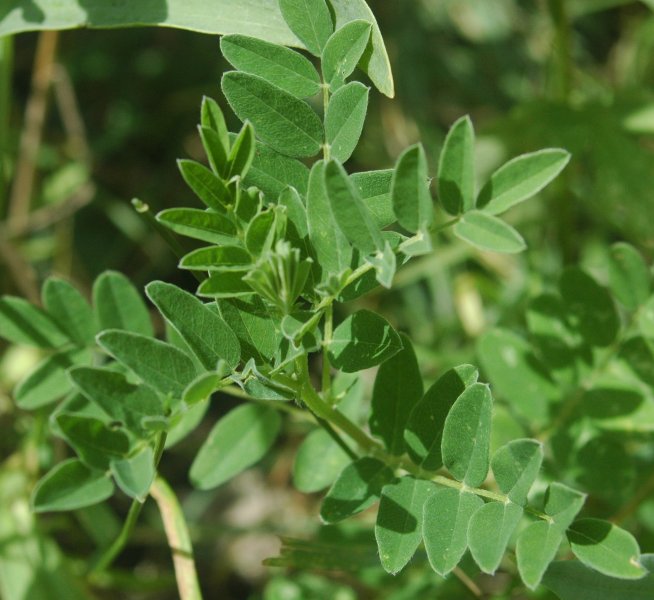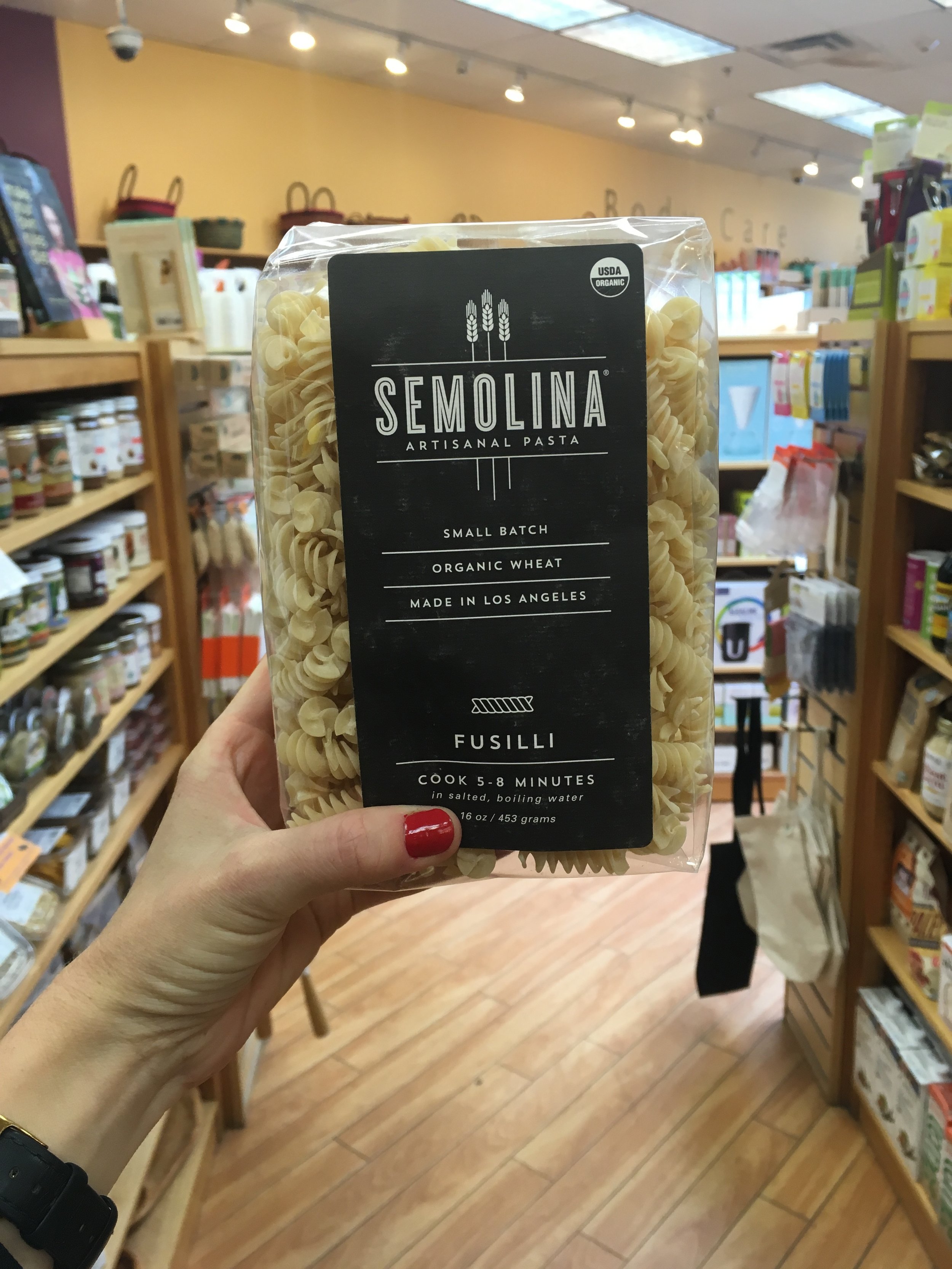By John, Grocery Buyer & The Naturalist Contributor
Well folks, I think I should keep the chit chat a bit short for this installment of the recipe blog, as we've got a lot to get through here... Often these blogs contain maybe three recipes, but today we're giving you SEVEN! Your veggies, stuffing, gravy, mash, and pie all planned out with fine ingredients available right here at Cambridge Naturals! These delicious selections are not all vegan, or gluten-free, but enough of them are one or the other or both to hopefully accommodate for any dietary restrictions you may encounter. The sides contained herein range from a bit complex to incredibly simple, so you can flex those chef muscles a bit without being overwhelmed. So, without further ado, let's get started...
Photo via Pinterest
GLUTEN-FREE TURKEY GRAVY
Gravy should be the glue that holds the whole plate together, as ideally your guests will want to put it on EVERYTHING! This one has some nice notes of cranberry and sage, which compliments the stuffing perfectly, and drops the gluten for good measure!
INGREDIENTS:
- 3 jars Epic Turkey Cranberry Sage Bone Broth
- 1-2 cups skimmed and strained roast turkey drippings
- Celtic Sea Salt and freshly ground Cambridge Naturals bulk black pepper
- Frontier (Bulk) Arrowroot Powder
INSTRUCTIONS:
Bring the bone broth to a boil in a large saucepan over medium heat. Add turkey drippings. Season with salt and pepper. Transfer about one cup of your gravy mixture to a medium bowl and whisk in 10 tablespoons arrowroot. Just before serving, return the arrowroot mixture to the gravy base and whisk until the whole thing is thickened and smooth.
SOURDOUGH STUFFING WITH PECANS & CRANBERRIES
You may want to make extra of this. The desire to just eat a pan of stuffing for dinner will be very real!
INGREDIENTS:
- 16 oz (a bit more than half a loaf) Dan's Bread Whole Wheat Sourdough
- 1 cup chopped celery
- 2 cups chopped onion
- 1/2 cup Cambridge Naturals pecans, coarsely chopped
- 2 tbsp Organic Valley Unsalted Cultured Butter, melted
- 1/2 cup chopped fresh parsley
- 2 tbsp chopped fresh sage
- 2 tbsp chopped fresh thyme
- 3 cups Epic Turkey Cranberry Sage bone broth
- 3/4 tbsp Celtic Sea Salt, more as needed
- Cambridge Naturals bulk black pepper to taste
- 1/4 cup Organic Valley Unsalted Cultured Butter, melted
- 2 large eggs, lightly beaten
- Canaan Nabali Olive Oil (for baking dish)
INSTRUCTIONS:
Tear or cut the bread into 3/4 inch pieces until you have 8 to 10 cups. Spread on a rimmed baking sheet and bake at 275F, stirring every 10 minutes or so, until crisp and mostly dry (about 15-45 minutes). Heat 2 tbsp butter in a large, covered skillet over medium-low heat. Add the celery and onions and cook. stirring occasionally, until they're slightly softened but still have some crunch. Transfer to a large mixing bowl and stir in pecans and cranberries. Add the bread to a large mixing bowl, along with the parsley, sage, and thyme, and toss well. Add salt and pepper to taste. Pour the bone broth over the stuffing. Toss occasionally if mixture is not fully absorbed. Bread should be moist but not soggy. Stir in the 1/4 cup melted butter and eggs. Heat oven to 375F and lightly grease a 9 x 13 baking dish with the olive oil. Spread the stuffing and cover tightly with foil. Bake about 30 minutes. Remove the foil and bake another 20 minutes or until the top is crisp.
VEGAN & GLUTEN-FREE GARLIC MASHED POTATOES
Just some humble, easily prepared mashed potatoes. With lots of garlic and olive oil because they make EVERYTHING great!
INGREDIENTS:
- 2 lbs yukon gold potatoes, peeled and cut into 1-inch chunks
- 8 garlic cloves, peeled
- Celtic Sea Salt
- Cambridge Naturals bulk black pepper
- 1/4 Cup Canaan Nabali Olive Oil
INSTRUCTIONS:
Bring water to a boil in a large saucepan. Add potatoes, garlic, and 2 tsp salt and cook at a brisk simmer until tender, about 15 minutes. Drain potatoes and garlic, reserving about 1 cup cooking liquid. Mash the potatoes and garlic. Beat in olive oil and then thin to desired consistency with the remaining cooking liquid. Season to taste with salt and pepper and serve.
VEGAN & GLUTEN-FREE GREEN BEAN CASSEROLE
A delicious twist on a Thanksgiving classic, great for guests with dietary restrictions...
INGREDIENTS (Crispy Onion Strings):
- 1 White Onion
- 1 ½ Cups New Barn Organic Unsweetened Almond Milk
- 1 tbsp Bragg’s Apple Cider Vinegar
- 1 ½ Cups Bob’s Red Mill Gluten-Free 1 to 1 baking flour
- 1 tsp La Chinata Smoked Paprika Powder
- 1 tsp Celtic Sea Salt
- ½ tsp Cambridge Naturals bulk black pepper
- 3 cups Nutiva Organic Liquid Coconut Oil (for frying)
INGREDIENTS (Casserole):
- 8 cups fresh green beans
- 1 cup Cambridge Naturals raw whole cashews (soaked for three hours)
- 1 ½ cup water
- 1 tbsp Frontier Arrowroot Powder
- 1 tbsp Nutiva Organic Liquid Coconut Oil
- 8oz Mushrooms
- 1 shallot, finely chopped
- 2 garlic cloves, minced
- 1 tsp Cambridge Naturals bulk onion powder
- ½ tsp Cambridge Naturals bulk nutmeg
- ½ tsp Cambridge Naturals bulk black pepper
- 2/3 cup vegetable broth
- 1 tbsp lemon juice
INSTRUCTIONS:
Thinly slice the onion, using a mandolin if your knife skills aren’t up to snuff. You should be able to see through the slices. Pour the almond milk into a bowl and whisk in the apple cider vinegar. Let the onions soak in this mixture for 10-15 minutes. In a separate mixing bowl combine the flour with the smoked paprika, sea salt, and black pepper. Heat your 3 cups coconut oil in a large pot til it reaches 375 degrees. Gently toss the onions in the flour mixture. Shake off excess and transfer to yet another bowl. Deep fry the onions in small batches for about 2 minutes and remove with tongs onto paper towel. To make the sauce, drain the cashews from the soaking water. Add them to a blender with your fresh water and arrowroot and blend until smooth. Heat coconut oil over a medium heat and add mushrooms, saute for two minutes. Add shallot and saute for another 3-4 minutes. Add minced garlic and saute for another minute. Then add nutmeg, onion powder, sea salt, and ground pepper and saute for yet another three minutes. Stir in vegetable broth and your cashew cream in small portions, bit by bit, stirring until smooth. Bring to a simmer. Once the sauce is simmering add lemon juice and then finally the green beans. Toss the beans in the sauce and cover the pan with a lid. Let it sit for 20 minutes stirring occasionally until the beans are cooked. Transfer the beans and sauce to a casserole dish and cover with your crispy onions. Put the whole thing under the broiler for a minute or two and then serve immediately.
MAPLE GOCHUJANG ROASTED CARROTS
- Sweet n' spicy veggies with the flair of New England Korean fusion!
- INGREDIENTS:
- 2 pounds carrots, peeled and quartered lengthwise
- 3 garlic cloves, minced
- ¼ Cup Canaan Nabali Olive Oil
- 3 tablespoons Feronia Forest Mission Maple Syrup
- 1 heaping tablespoon Bushwich Kitchen Weak Knees Gochujang Sriracha
- 1 teaspoon Cambridge Naturals bulk cumin
- Zest of ½ lemon
- Celtic Sea Salt and Cambridge Naturals bulk black pepper to taste
INSTRUCTIONS:
Preheat to 450F and line a baking sheet with foil. In a bowl, combine garlic, olive oil, maple syrup, sriracha, cumin, lemon zest, salt, and pepper. Toss the carrots in the mixture to coat evenly, then pour everything onto the prepared baking sheet. Bake for 30-45 minutes or until tender.
TWICE-ROASTED HOT HONEY SWEET POTATOES
Sticking with the sweet n' spicy orange foods theme we just saw in the carrots. Absolutely delicious!
INGREDIENTS:
- 3 medium sweet potatoes, about 1lb each
- ¼ cup Mike’s Hot Honey or Bushwick Kitchen Spicy Honey
- 4 tablespoons Organic Valley Unsalted Cultured Butter
- Celtic Sea Salt
- 2 tbsp Bragg’s Apple Cider Vinegar
INSTRUCTIONS:
Preheat Oven to 350F. Poke holes all over sweet potatoes and wrap them in foil. Place on a foil-rimmed baking sheet and roast until tender, about 60-70 minutes. Unwrap and let sit until cool enough to handle. Increase oven temperature to 450F. Combine hot honey and butter in a small saucepan and season with sea salt. Bring to a simmer over low heat, stirring to combine. Remove from heat and stir in vinegar. Smash the sweet potatoes with your palm, then tear into bite-sized pieces. Place in a large bowl and add half of hot honey mixture, then season with salt. Arrange the pieces skin side down on a baking sheet and roast until browned and crisp, about 20-25 minutes. Drizzle with remaining hot honey mixture.
VEGAN & GLUTEN-FREE PUMPKIN PIE
All due respect to apple, but pumpkin is the classic Thanksgiving pie. Won't even miss the butter or flour in this one, I promise!
INGREDIENTS (CRUST):
- 6 tbsp cold Miyokos Vegan Butter
- 1 1/4 cup Bob's Red Mill 1:1 Gluten-Free Flour
- 1/4 tsp Celtic Sea Salt
- 4-6 tbsp ice cold water
INGREDIENTS (FILLING):
- 2 3/4 cups pumpkin puree
- 1/4 cup Feronia Forest Mission Maple Syrup
- 1/4 cup brown sugar
- 1/3 cup New Barn Organic Unsweetened Almond Milk
- 1 tbsp Nutiva Organic Liquid Coconut Oil
- 2 1/2 tbsp Frontier Arrowroot Powder
- 1 3/4 tbsp Cambridge Naturals bulk pumpkin spice
- 1/4 tsp Celtic Sea Salt
INSTRUCTIONS:
Combine gluten-free flour and salt in a large mixing bowl. Slice in the cold butter and work gently with a fork to cut it in. Don't overwork it, just get it incorporated. Add water a little at a time while stirring with a wooden spoon. Only use as much as you need for the ingredients to come together. Once a loose dough is formed, transfer to a piece of plastic wrap and work it with your hands into a 1/2 inch thick disc. Wrap and refrigerate for at least 30 minutes, then let it warm up slightly at room temperature. Preheat the oven to 350 and start working on your filling! Add all the filling ingredients in a blender and blend until smooth. Taste and adjust seasonings as needed and set aside. Unwrap your dough and set between two pieces of wax paper, then roll out with a rolling pin. If it cracks, simply reform it with your hands. Remove the top piece of wax paper and gently lay the pie dish face down on the crust and use the support of the wax paper to gently invert it, then form it into the pan by hand. Try not to overwork the dough. Pour the filling into the crust and bake for an hour. Crust should be golden brown and the filling should jiggle just slightly. Remove from the oven and let cool before loosely covering and transferring to the fridge to set. Let it set for at least 4-6 hours, overnight if possible. Slice and serve!
There you have it! Now you just need to figure out how to prepare the bird, if that's even necessary given the rest of this sumptuous feast. We'll leave that up to you. Share with your neighbors, be merry and full! Happy Thanksgiving!




































